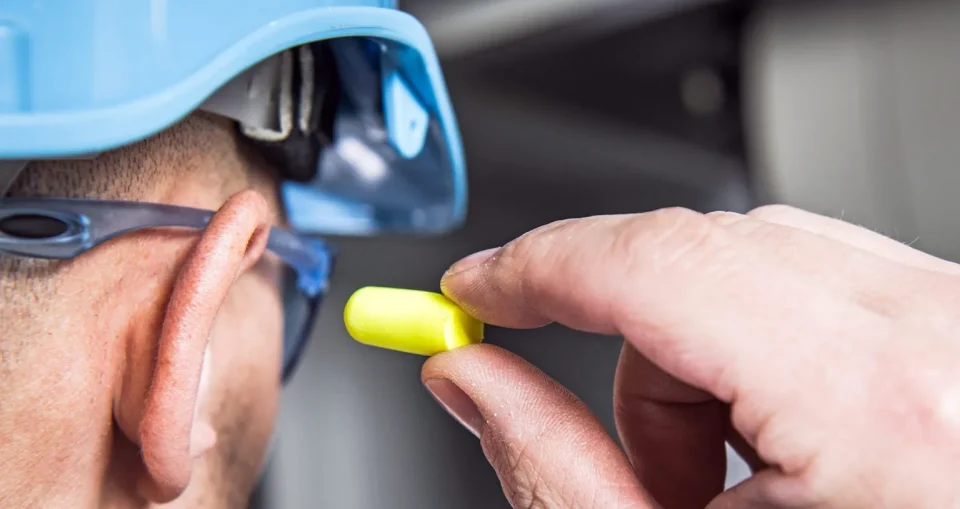Hearing loss is common with about one in six Australians affected. Noise-induced hearing loss is caused by long-term exposure to excessive noise at work and is a major cause of preventable hearing loss.
Dr David Meredith, Head of Medicine at CS Health, said that even though noise-induced hearing loss, or industrial deafness, is entirely preventable it is still an ongoing issue.
“Industrial deafness is a concern for anyone working in a noisy environment. In the mining industry, for example, workers are exposed to loud machinery for extended periods of time which puts them at risk of developing hearing loss,” he said. “Although industrial deafness is 100% preventable, there has been an increase in workers compensation claims and associated costs in recent years, not just in mining but across all industries.”
Dr Meredith added that noise-induced hearing loss is not just limited to noisy workplaces and that other activities or events can contribute to hearing loss.
“Mowing the lawn or listening to loud music can affect hearing over time. Hearing loss can also be a natural part of the ageing process, illnesses affecting the middle ear, or a person’s physical make up in that they might be more prone to hearing loss than others.”
Loss of hearing can have far-reaching consequences if not identified and addressed. It can affect a person’s general wellbeing and quality of life, leading to depression, anxiety and social isolation.
“Unfortunately, by the time someone notices a change in their hearing it is often too late to reverse that damage. CS Health performs hearing tests as part of statutory workplace medicals to identify and monitor hearing loss and encourage early intervention such as sound surveys and fit testing to individually tailor and optimise hearing protection”.
Even if someone experiences hearing loss, properly fitted protective equipment can reduce the effect of repeated noise exposure.
“If workers are wearing hearing protection and it doesn’t fit properly, they simply aren’t protected. When we perform hearing protection fit testing, we ask workers to don their regular PPE and we test the level of sound that is being transmitted through the earplugs or earmuffs. We then show them how to properly insert their earplugs and re-run the test. It’s amazing the difference.”
CS Health is tackling common health issues among mine workers with a new awareness campaign, ‘Don’t Be a Garry’. The first social-media-driven campaign targets industrial deafness and aims to spark discussions that will encourage mine workers to take proactive steps toward protecting their hearing health.
CS Health aims to drive a fundamental shift in behaviour by encouraging active engagement with safety practices in this comedic take on the mine site PPE shirker, Garry. The ‘Don’t Be a Garry’s’ laconic storytelling emphasises the immediate and long-term consequences of unsafe practices and encourages a safety culture where workers feel empowered to speak up; to help aid in behavioural change.
Ways to protect your hearing
But how noisy is too noisy? A good test is if you need to raise your voice to talk to someone one metre away, the noise level is probably too high.
The best way to protect your hearing is to eliminate the noise or reduce your exposure to noise as much as you can.
- Be aware of noise sources in the workplace
- Schedule job rotation to reduce your exposure to noise
- Wear earplugs or earmuffs (and make sure they fit correctly!)
- Limit the volume of loud music or television to just enough so you can enjoy it comfortably
- Be careful when listening to music through headphones or ear buds
- Get your hearing checked as soon as you notice a difference.
Fast facts:
- Noise is considered excessive if you need to raise your voice to be heard by someone a metre away.
- Normal speech occurs at around 60 decibels; harmful noise is around 85 decibels.
- Hearing loss is gradual and accumulates over time.
- Exposure to excessive noise can also affect psychological health including anxiety, depression, fatigue, sleeplessness, affect memory and decision making.


